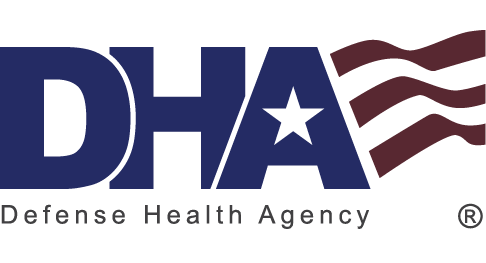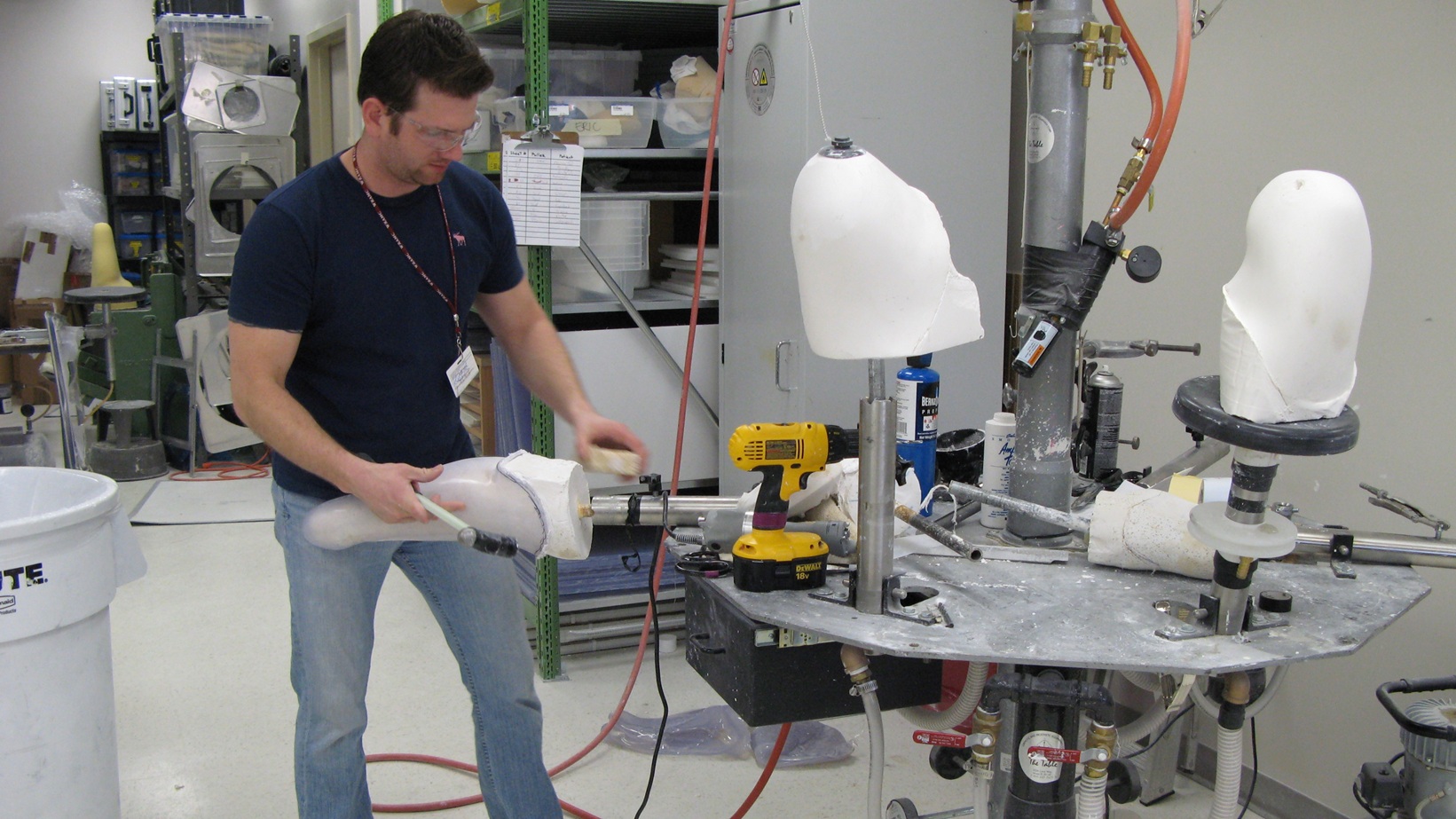Aug. 11, 2025 | By Laura Lambkin, Defense Health Agency Communications
When Dr. Joseph Miller, a senior advisor for prosthetics, joined DHA’s Extremity Trauma and Amputation Center of Excellence, he saw an opportunity for improvement. Clinicians were spending a lot of time researching product specifications and vendor pricing before filling out paperwork to order prosthetic limb components for their patients. What if the process could be streamlined?
The Hearing Center of Excellence led the way with hearing device ordering through VA DLC. They established a way to allow DHA providers to order needed items through VA DLC contracts. In 2018, EACE followed in their footsteps by partnering with VA in a pilot project allowing online ordering of lower-extremity prosthetic componentry. It standardized ordering processes, improved efficiency, and tremendously reduced the administrative burden on clinicians. The pilot was a huge success.
Good news for providers and patients
In 2021, DHA launched the new ordering process at its three advanced rehabilitation centers, helping providers order components as easily as they could order a sandwich online. Ordered parts now arrive quickly in these military hospitals and clinics, often within just a few days. “Use of the ordering process off a VA contract allows clinicians to order exactly the parts they need for scheduled procedures,” said Miller. “It saves time, giving them more time with patients and relieving some of their administrative work.”
This means good news for patients, too. Knowing when a part will be available makes it easier to schedule timely appointments. Fitting patients with prosthetic devices quickly can improve their ability to adapt to the new device. A clinician’s ability to swiftly order and receive a prosthetic device helps their patients in recovery.
Combat support and readiness
DHA and VA DLC set up their contract to be modified throughout the year. This flexibility, coupled with close collaboration, means requests from the three ARCs can be incorporated quickly into the VA DLC catalog of products. In turn, this means DHA providers can offer patients the newest commercially available items.
This has implications for readiness, too. Staying on the cutting edge of technology keeps DHA clinicians’ skills sharp, ready to be put to good use whenever and wherever they’re needed.
In addition, the ordering process is scalable, which helps DHA respond to changing needs in combat support. The system is set up to make it easy to order one part or 10,000. This is a radical departure from how the system worked ago.
The new scalability ensures DHA can have components available to clinicians when and where they’re needed. End-to-end, this process supports healthcare personnel in their readiness mission and supports service members who are approved to return to active duty.
What does the future hold?
The two departments are constantly exploring ways to improve, for example, making the once-laborious process of returns and recalls easier. VA also recently awarded a contract to expand options for lower-extremity devices. According to Miller, the collaboration between DHA and VA continues to expand as the partnership deepens. “VA has been a great partner for us,” said Miller. “I sit on the technical committee and consult on items that we need in DHA, and VA is very responsive. There are things we need more of here in DHA, and VA listens and responds to those needs.”
From faster access to devices to improved clinician satisfaction, the prosthetic component ordering system is delivering tangible benefits. This collaborative approach exemplifies how federal partnerships improve the lives of service members and enhance military readiness.



